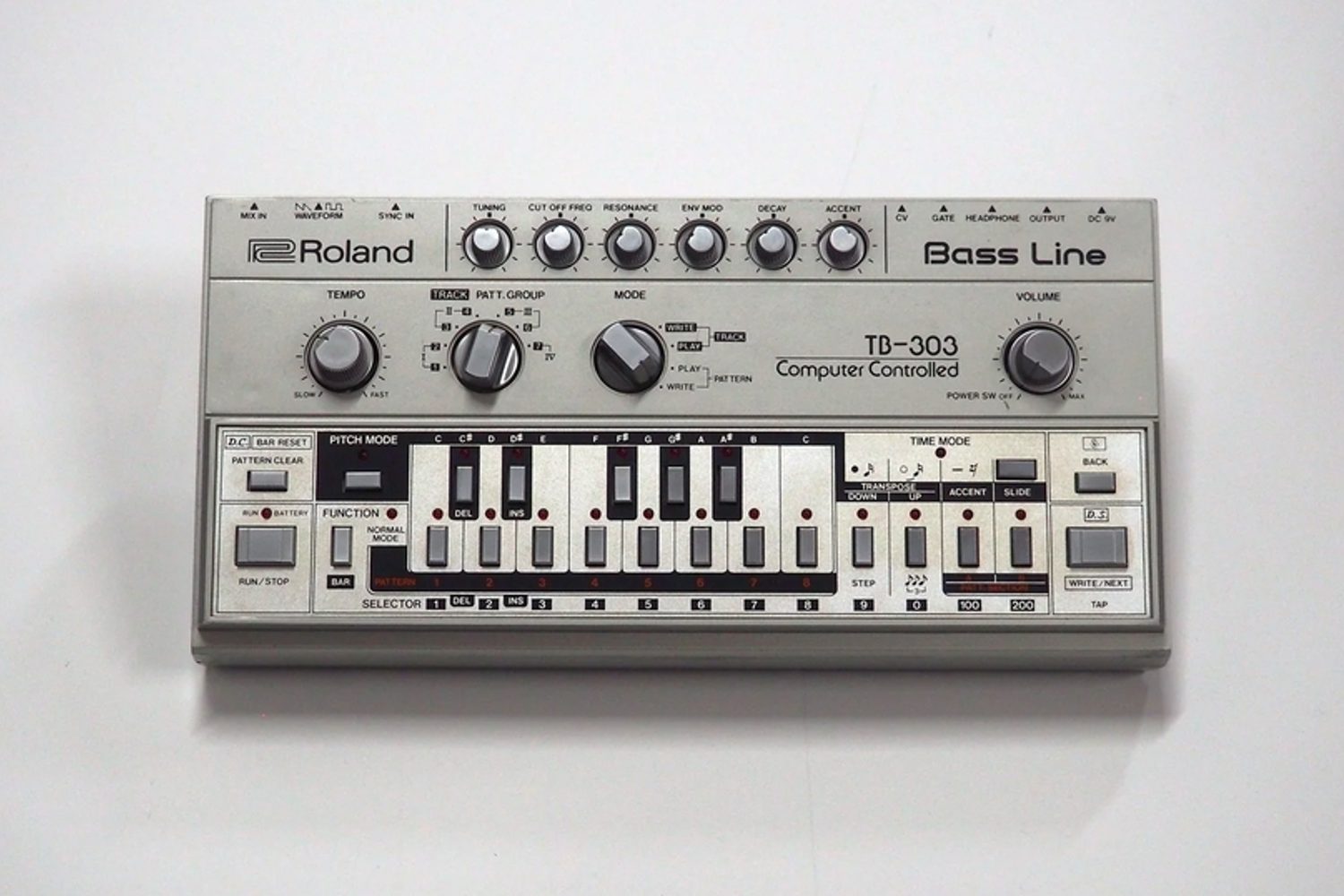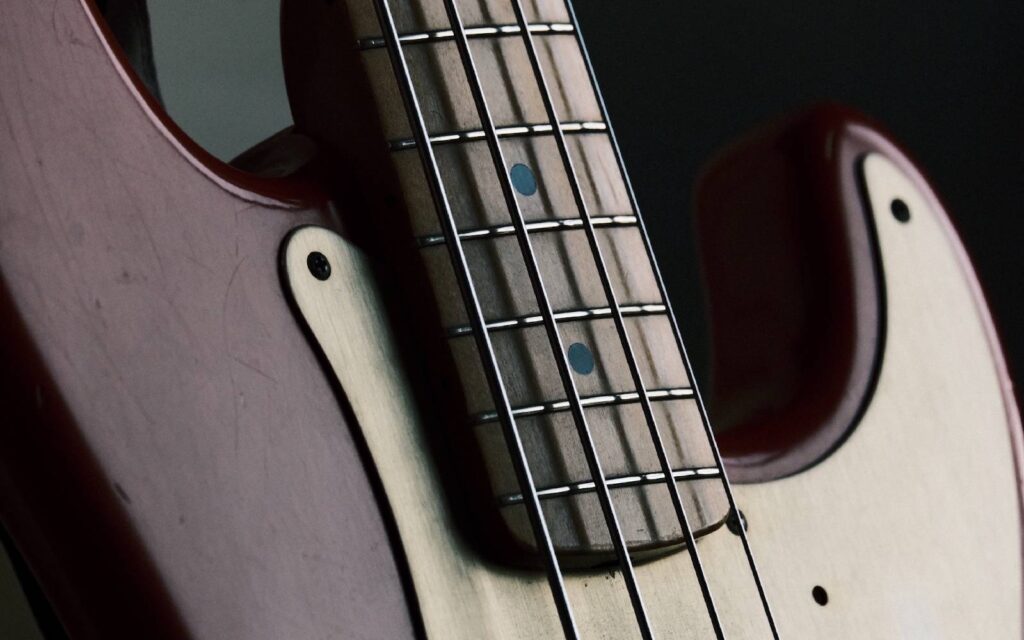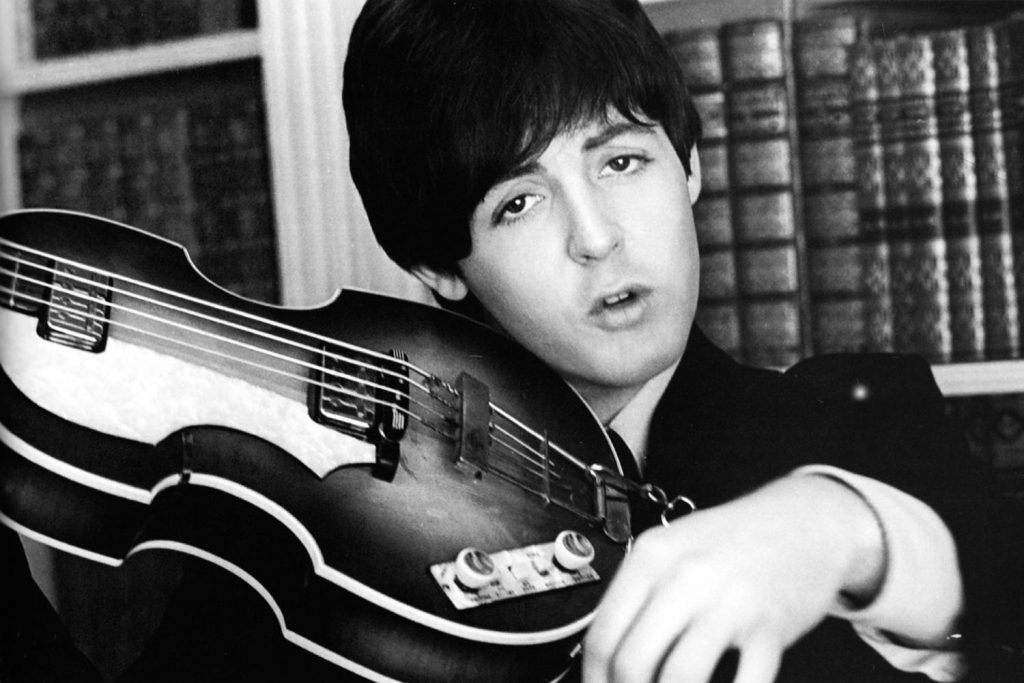From Phuture and The KLF through to Daft Punk and Aaliyah, we explore the best acid bass moments ever laid to tape.
Few musical equipment manufacturers have impacted the overall trajectory of electronic music quite like that of Roland. However, whether or not they had any of idea of just how pivotal some of their products would be is anyone’s guess, and there’s nothing that epitomises that sentiment quite like the TB-303 Bass Synthesiser.
Debuted in 1982 as an accompaniment to their TR-606 Drumatix drum machine for guitarists to practise to without the presence of a live bassist, the TB-303 was a simplistic mono-synth that was notoriously difficult to program and sounded absolutely nothing like a bass guitar. Needless to say, it came to nobody’s surprise that the unit was considered a complete failure by Roland, and was discontinued by the company in 1984 after being in production for only two years.
Read up on all the latest features and columns here.
Roland
However, the TB-303 – much like the TR-808 and TR-909, two other seminal commercial flops from the infamously inconsistent company – would go on to experience a renaissance just years later after it was adopted as the weapon of choice for the DJs and producers that were at the spearhead of Chicago’s electronic revolution in the mid 1980s.
By utilising the 303’s uniquely ‘squelchy’ resonant filter, punching random buttons to program its rudimentary sequencer and syncing it up with a driving pulse, these revolutionary producers were able to coax out some of the most dynamic electronic sounds of the decade, laying down the foundation for emerging styles such as house, techno and just about every offshoot of those two genres you could think of. In short, there’s probably no synth that’s quite as stupid, yet simultaneously seminal, as this silver-clad bad boy.
Today we’re celebrating the legacy of this unlikely icon by exploring 13 of the best tracks to make use of the Roland TB-303.
TB 303
Charanjit Singh – ‘Raga Bhairav’
Released in 1982, Mumbai musician Charanjit Singh’s album Synthesizing: Ten Ragas to a Disco Beat might have predated the height of acid fever in the latter half of the ’80s, but that doesn’t stop it from being one of the most fascinating examples of the TB-303 on record.
Considered by most music historians as being the catalyst of acid house, Ten Ragas to a Disco Beat Singh reinterpret a number of Indian ragas with the Roland TR-808, Juno-106 and TB-303, with the squelching bassline and repetitive drum machine rhythms laying down the foundations for the genre as we know it today.
Orange Juice – ‘Rip It Up’
Another bizarre early example of the TB-303 on record, ‘Rip It Up’ was the title track of Scottish new-wave group Orange Juice’s sophomore record, and marked the first chart single to make use of the instrument.
Despite being used in the context of a mid-tempo disco romp, there’s absolutely no denying that the TB-303 is responsible for the bubbling bassline that plods along throughout ‘Rip It Up’, with the signature tones of the synthesiser helping the song slide all the way up to #9 on the UK charts.
A Guy Called Gerald – ‘Voodoo Ray’
An acid house anthem primarily associated with the antics of legendary Manchester nightclub The Haçienda, A Guy Called Gerald’s ‘Voodoo Ray’ was released at the height of the Second Summer of Love in 1988, and has subsequently been recognised as one of the most iconic electronic tracks of all time.
Carried by a hypnotic drum machine groove and chanting female vocals, ‘Voodoo Ray’ differs from many acid house tracks in that the TB-303 in the track functions more as a lead melody than a bassline, sitting in the upper register to add a simmering quality to its foot-shuffling groove. Nevertheless, it’s an absolutely iconic song in the acid canon, and still knocks on a night out just as hard as it did back in the ’80s.
Daft Punk – ‘Da Funk’
As far as the use of the TB-303 goes in electronic music after its acid glory days, you’d be hard-pressed to find a line cited more than Daft Punk’s 1995 debut single ‘Da Funk’.
After kicking of with a heavy, G-Funk inspired groove and snarling lead line, the iconic French producers unleash the full brunt of the acid machine in the track’s bridge, pairing the unassuming synthesiser with a distortion pedal to emphasise its spiky tones and make for one of the most unforgettable TB-303 basslines of the decade. What a tune.
The KLF – ‘What Time Is Love?’
Perhaps one of the most curious electronic groups to come from the UK, The KLF are enigmatic in every sense of the word: for all their groundbreaking contributions to the worlds of house, techno, ambient and sampling culture, at the end of the day, they’re just a gang of piss-taking anarchists – and that’s what makes them great.
A key example of the group’s brilliance, 1990’s ‘What Time Is Love?’ is an epic Summer of Love banger that makes heavy use of the TB-303, with the duo interlacing its hypnotic tones with hip-hop a capellas, sports stadium soundbites and transcendental top-end melodies to make for a quintessential rave cut.
The Garden of Eden – ‘The Garden of Eden’
An essential group in the development of acid house despite being grossly overlooked by electronic music historians, The Garden of Eden were Britain’s first ever acid house band, comprised of a healthy mixture of talented Roland-toting producers and a handful of shape-cutting ravers to accompany them onstage.
In their titular cut ‘The Garden Of Eden’, the gang make use of the classic combination of a Roland TR-909 and a TB-303 to do the heavy lifting as blissful synth pads, vocal stabs and sitar samples glide overhead. It’s peak Summer of Love, and the accompanying music video is an absolute hoot – these guys definitely looked like they knew how to party.
Josh Wink – ‘Higher State Of Consciousness’
If acid house is all about transcendental rhythms and euphoric melodies, then acid techno its the total inverse. It’s a genre that revolves around thudding, metallic drum machines and fiery 303 lines that threaten to blow your head off with each tweak and tweeze, and there’s no better example of this in action than Josh Wink’s 1995 anthem ‘Higher State Of Consciousness’.
With its relentless, rolling TR-909 drums and in-your-face acid bassline, ‘Higher Stage of Consciousness’ is just as potent today as it was when released in the mid-’90s. The way that Wink makes his TB-303 self-oscillate in this track’s latter half is just so, so rude….
Tame Impala – ‘Breathe Deeper’
A fan-favourite cut from last year’s tour de force The Slow Rush, ‘Breathe Deeper’ sees Kevin Parker pay tribute to iconic production duos The Neptunes and Daft Punk by creating a sprawling electro odyssey that oscillates between slinky mid-’00s pop and cruisy Balearic house with reckless abandon.
While the first portion of the track is just as danceable, it’s in the second half of ‘Breathe Deeper’ where things really kick into overdrive. A brief portion of an unreleased Tame Impala cut seeps through the speakers around the 4.30 mark before a bubbling TB-303 makes an unsuspecting appearance, carrying the track through to its euphoric finale.
Phuture – ‘Acid Trax’
Sure, it might’ve been predated by Charanjit Singh’s Ten Ragas to a Disco Beat, but there’s no denying that Phuture’s ‘Acid Trax’ personifies the very essence of acid house.
Produced and recorded by the group some time towards the end of 1985, ‘Acid Trax’ was the result of Phuture attempting to record a track for their fellow Chicago DJs to open up their sets with, with the group’s DJ Pierre recounting in Last Night A DJ Saved My Life that ‘when we made “Acid Tracks”, that was an accident. It was just ignorance, basically. Not knowing how to work the damn 303.’
Of course, the track is now recognised as one of the most famous acid house songs ever made, and many even deem it to be among one of the most influential recordings of all time.
Armando – ‘Land Of Confusion’
Another core tune to come out of Chicago’s burgeoning acid house scene before the UK picked up the ball and ran off with it in the late ’80s, Armando’s ‘Land Of Confusion’ is a textbook example of early acid.
The TR-707 rhythms that drive the song are heavily swung and dangerously saturated – keep an ear out for how dank those toms sound – and that careening TB-303 bassline is chaotic as hell. It might be acid at its most simplistic, but that doesn’t make it any less devastating.
New Order – ‘Confusion’ (Pump Panel Reconstruction Mix)
New Order are one of the most important groups to the evolution of electronic music, and ‘Confusion’ might be one of the best known tracks from their early discography, but it’s got nothing on this absolutely obliterating 1995 remix from Pump Panel.
Famously used in the introductory scene of Marvel’s 1998 film Blade, this remix takes a vocal grab from New Order’s original version and juxtaposes it against a disgustingly punchy techno beat to jazz it up for a whole new generation of ravers. The TB-303 that races away throughout this one is simply sublime, transporting the song all the way to a killer build-up around the eight-minute mark that’s heavy enough to get you gurning in any circumstance. Anyone got a water?
Aaliyah – ‘Try Again’
Timbaland might be better known for his frequent use of the Korg Triton to create his idiosyncratic, hard-knocking beats, but the bassline that boils beneath this Aaliyah classic can’t be anything other than a TB-303.
Perhaps the only instance of a TB-303 being used in a Billboard Hot 100 #1 single, Timbaland’s use of the classic acid machine within the context of a 2000s R&B track just proves testament to his uncanny production chops, and the way Aaliyah’s vocals float on top is endlessly masterful.
Fatboy Slim – ‘Everybody Needs A 303’
Come on, this one’s an obvious pick. Who could ever forget to make space for the legendary Norman Cook?
Released as the lead single from his 1996 debut Better Living Through Chemistry, ‘Everybody Needs A 303’ is fuelled by a furious breakbeat and a prominent Edwin Starr sample before it explodes into acid fever at its midpoint, with Fatboy Slim employing the use of a fuzzy, self-oscillating TB-303 to take the song to dizzying new heights. Big beat has never sounded so scathing.
Keep reading about Roland’s current Software Bass Line.







